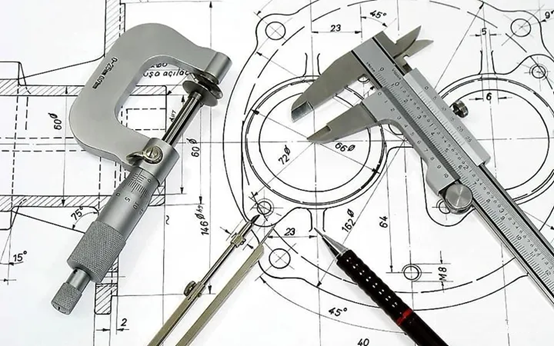DFM, Design for Manufacturability, refers to considering the manufacturing capabilities during the product design process. A DFM report helps identify design, appearance, functionality, and manufacturing-related issues early, allowing for assessment and improvement. This, in turn, reduces the time and resources spent on repeated prototyping, saves labor and material costs, enhances product production quality, and accelerates the manufacturing process. It integrates design specifications, manufacturing requirements, process capabilities, and project management, all aimed at minimizing production issues.
Depending on the manufacturing process, design for manufacturing can be tailored to processes such as injection molding, stamping, die-casting, and various other machining methods. This article focuses on machining as an example.
The quality of a DFM report directly reflects the expertise and abilities of process engineers, impacting product quality and manufacturing costs. Ultimately, it showcases the overall competence of a business.
To create a DFM report, the personnel involved should be proficient in using CAD software, screenshot software, and office software (typically PowerPoint). CAD software is a professional drawing tool, requiring at least basic skills. For more complex product structures, 3D drawing software can be used to facilitate explanations in the presentation. Screenshot software is relatively simple and can be done using tools like WeChat or QQ for capturing images. Office software skills are also basic.
The following is an outline of the contents typically included in a basic DFM report:
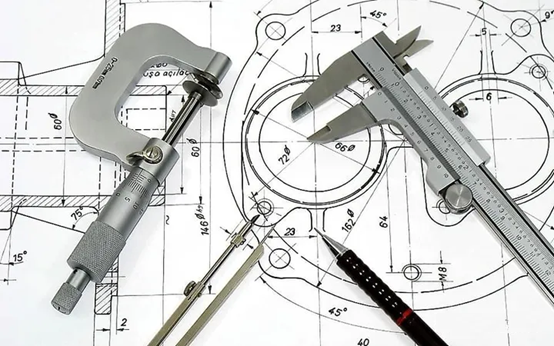
Basic Product Information
This section primarily involves filling in information related to the customer’s product. It includes the following details, which should be filled in accordance with the customer’s provided data and drawings:
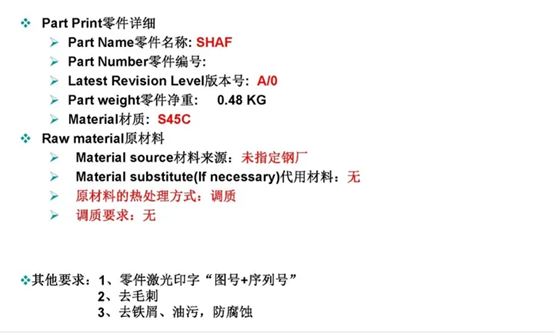
This report primarily focuses on information related to product development, including metal material, drawing number, version, technical requirements, weight, and more. These details are of utmost importance and require further confirmation with the customer, especially in the case of technical requirements and material specifications, where any errors must be absolutely avoided. Most of this information is typically obtained from the customer’s provided drawings.
Product Manufacturing Process
This section serves as a brief outline of the manufacturing process for the product. The part consists of a cylindrical surface, threads, and a center hole, with stringent requirements for precision and surface roughness on two critical dimensions. The dimensional labeling on the drawing is comprehensive, and the dimension profiles are clearly defined. The material used is S45C. Below, we recommend including a 2D product drawing to facilitate understanding of the manufacturing process.
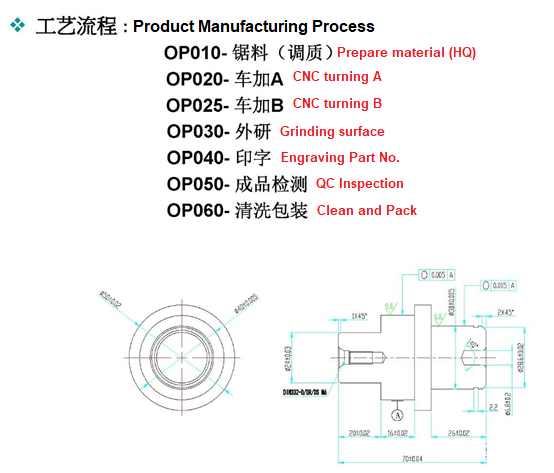
Below, we will provide an introduction based on the production process, from raw material (sawed material) arrival at the factory to the final packaging and delivery of the finished product. Following the outlined manufacturing process, the raw material blank goes through turning (AB), grinding, cleaning, and packaging steps before becoming the finished product.
When creating a DFM report, it is essential to adhere to the manufacturing process and consider aspects such as machining equipment, inspection equipment, tooling, machining locations, cleaning, and packaging. The process requirements for the part primarily involve structural dimensions, processing range, and precision requirements. The selection of equipment control precision is determined based on the precision requirements, which encompass dimensional accuracy, positional accuracy, and surface roughness of the workpiece.
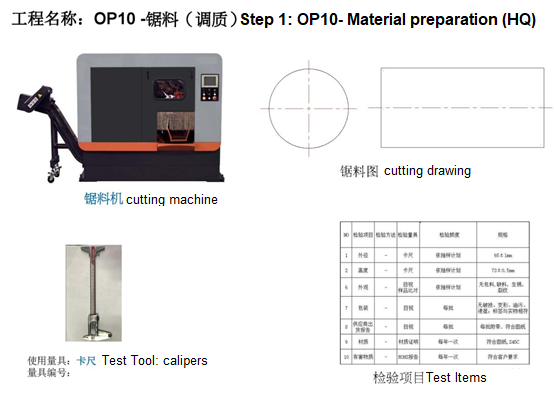
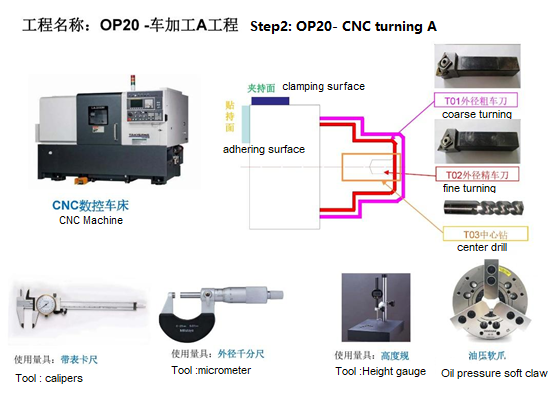
Determine the process requirements for the components, the batch size for machining the workpieces, outline the required features for the CNC lathe, and make a reasonable selection of CNC lathe to meet the process requirements of the components.
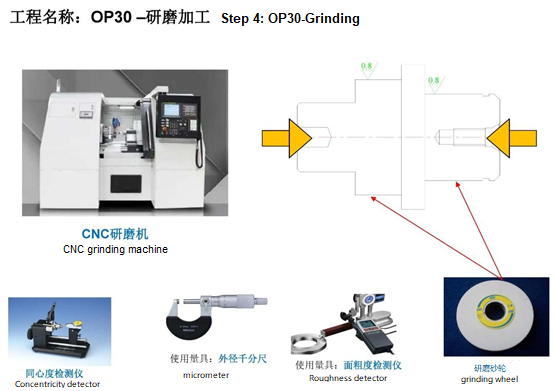
Requirement of code printing
The product printing requirements are outlined here. These details need to be confirmed by the customer. The content of the printing is either provided by the customer or decided through mutual discussion. Common examples include printing serial numbers and QR codes.
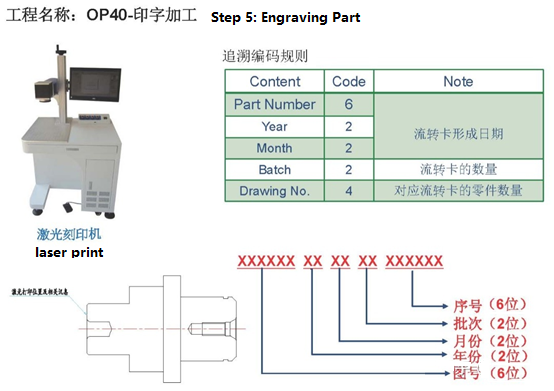
Final inspection is conducted on the products after completion of all production processes and before they are placed in inventory. Common types of final inspection include full-size inspection, visual inspection of the finished product, GP12, and others.
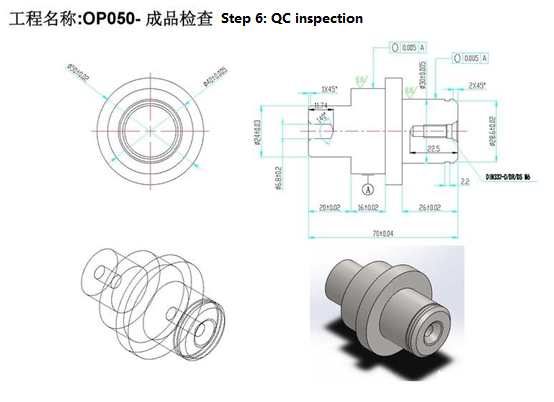
The determination of the cleaning station in the production line has a significant impact on the cleanliness of the product. This product falls under standard cleaning requirements. As for packaging, it is usually necessary to submit a packaging proposal for customer approval
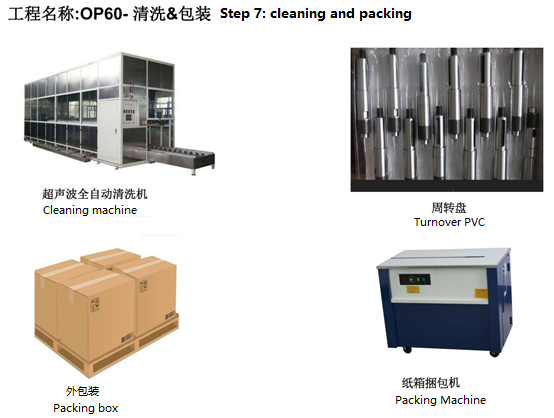
problem analysis
While preparing the briefing, it’s crucial to promptly raise issues related to product dimensions and technical matters with the customer. These issues may include the unavailability of specific materials and the possibility of using alternative materials, as well as concerns about meeting the dimensional requirements on the drawings, among other things. In addition to identifying these problems in the briefing (clearly marked), it’s also essential to propose reasonable modifications to the product’s dimensions and technical requirements.
The Benefits of Implementing Design for Manufacturability (DFM)
Improved Quality and Reliability: By considering manufacturing processes and constraints during the design phase, DFM helps enhance the overall quality and reliability of the product.
Enhanced Manufacturability and Testability: DFM ensures that products are designed in a way that maximizes ease of manufacturing and testing, reducing the likelihood of production and testing issues.
Reduced Time to Production: DFM practices streamline the design and manufacturing process, helping to bring products to market faster and reducing time-to-production.
Lower Production Costs: By optimizing designs for ease of manufacturing and assembly, DFM can lead to significant cost savings during production, such as reducing the need for complex, time-consuming manufacturing processes.
By making DFM a core element of the product development process, these benefits can be realized, leading to more efficient and cost-effective product development and manufacturing.
Summary
In traditional product development processes, there is often a disconnect between product design and manufacturing processes. This disconnect can lead to poor manufacturability, assembly difficulties, extensive design changes, long product development cycles, high production costs, and challenges in ensuring product quality, sometimes preventing products from entering mass production.
Through the application of Design for Manufacturability (DFM) principles, we can address issues related to material selection, process selection, and cost analysis of components. DFM is an effective product development approach that helps reduce manufacturing costs, shorten product development cycles, and improve overall business efficiency.
After completing the DFM report, the next step is to engage in discussions with the customer. Only after all the manufacturing details have been confirmed with the customer should the project be handed over to the project manager for new product development.
The insights shared here are based on the author’s practical experience in research and lean manufacturing. It’s important to note that the applicability of these principles may vary depending on the specific work environment and experience, and they may not cover all possible scenarios.
Of course, once the DFM report is completed, the next step is to engage in discussions with the customer. It’s essential to have all the manufacturing details confirmed with the customer before handing over the project to the project manager for new product development.
The insights shared here are based on the author’s practical experience in research and lean manufacturing. It’s important to recognize that the applicability of these principles may vary depending on the specific work environment and experience, and they may not cover all possible scenarios comprehensively.

